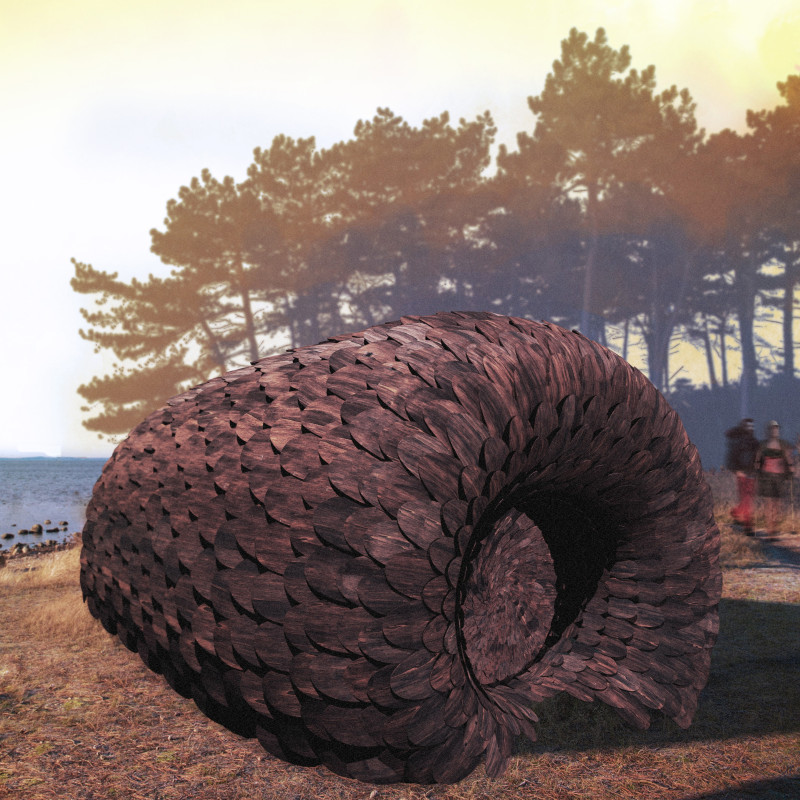5 key facts about this project
At the core of this project is a clear understanding of its primary function. The building is designed to host a variety of activities, which could range from residential to commercial, thus enhancing its usability within the community. The layout is meticulously planned to optimize both public and private spaces, fostering interaction while providing areas of retreat and solitude for users. This duality in functionality is reflected in the seamless flow of spaces, inviting occupants to engage with different areas of the project in a natural and intuitive manner.
The design showcases several important components that highlight its thoughtful approach. For instance, the exterior façade is crafted using a combination of locally sourced materials, such as limestone and steel, which not only support the structural integrity of the building but also echo the tactile qualities of the regional architectural vernacular. The choice of materials plays a crucial role in establishing a dialogue between the building and its environment, as it blends effortlessly into the landscape while maintaining a contemporary aesthetic.
Another significant aspect of the project is the incorporation of large windows and open spaces that promote natural light. These design choices not only enhance the interior ambiance but also connect occupants with the outdoors, creating a sense of openness and fluidity within the space. Furthermore, the strategic placement of overhangs and terraces allows for passive climate control, reducing energy consumption and increasing the building’s sustainability.
Unique design approaches are evident throughout the project, particularly in the way it addresses environmental concerns. The integration of green roofs and vertical gardens showcases an innovative use of landscaping that furthers the project's ecological footprint. This not only contributes to biodiversity but also enhances the aesthetic appeal of the building, offering a serene escape for inhabitants amidst the urban environment. The design team has prioritized sustainability by incorporating energy-efficient systems for heating and cooling, as well as utilizing rainwater harvesting techniques, demonstrating a commitment to environmentally responsible architecture.
The project also features well-conceived architectural sections and plans that illustrate the relationship between different levels and functions. These details reflect a deep understanding of spatial dynamics, ensuring that both the human experience and the functional requirements are met effectively. Additionally, the use of open floor plans in key areas allows for flexible use of space, accommodating a variety of activities and user needs over time.
This architectural design project stands as a testament to the potential of modern architecture to blend functionality with aesthetic appeal, all while respecting the environmental context. The careful consideration given to materials, sustainability, and user experience serves as an exemplary model for future developments. For further insights into this project, including detailed architectural designs, sections, and plans, readers are encouraged to explore the project presentation for a more comprehensive understanding of its innovative ideas and design outcomes.


























